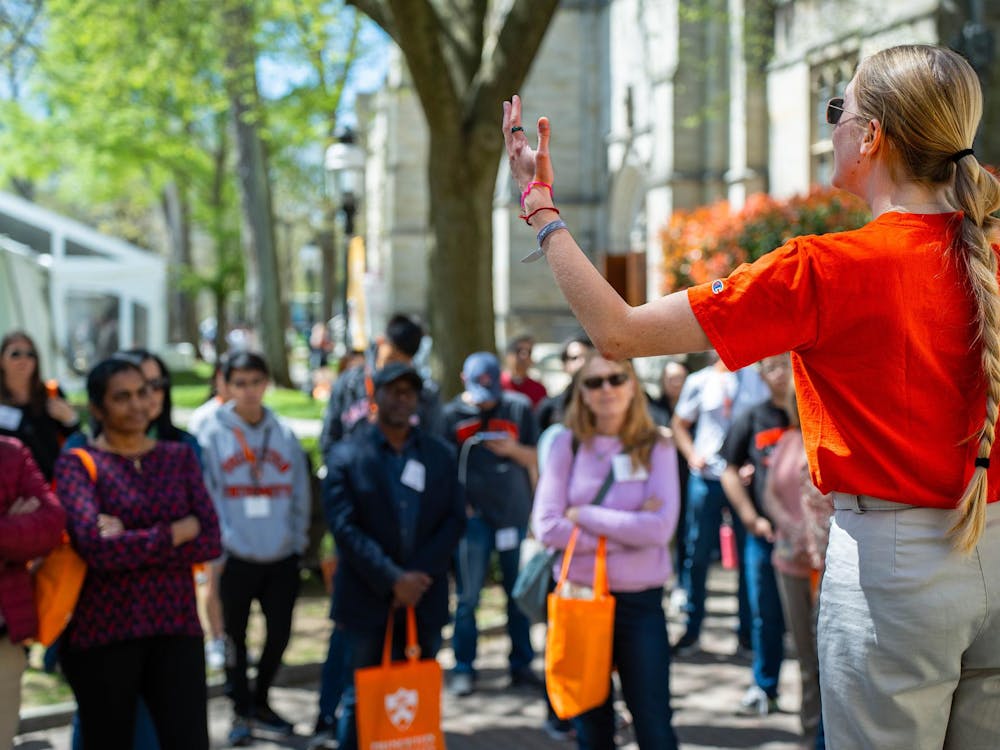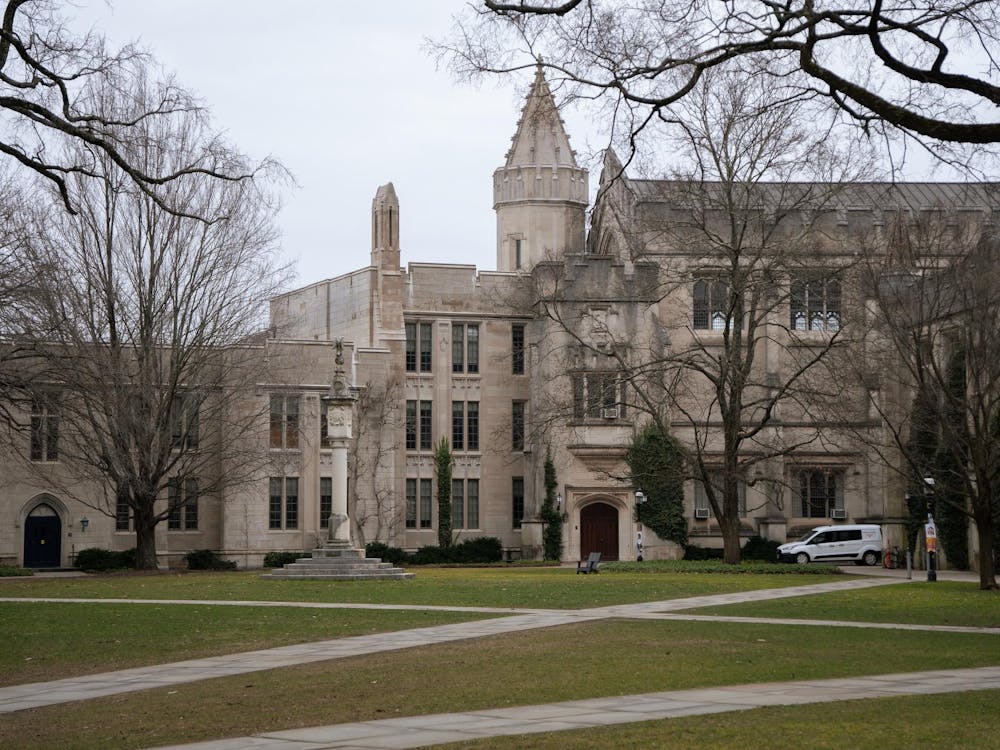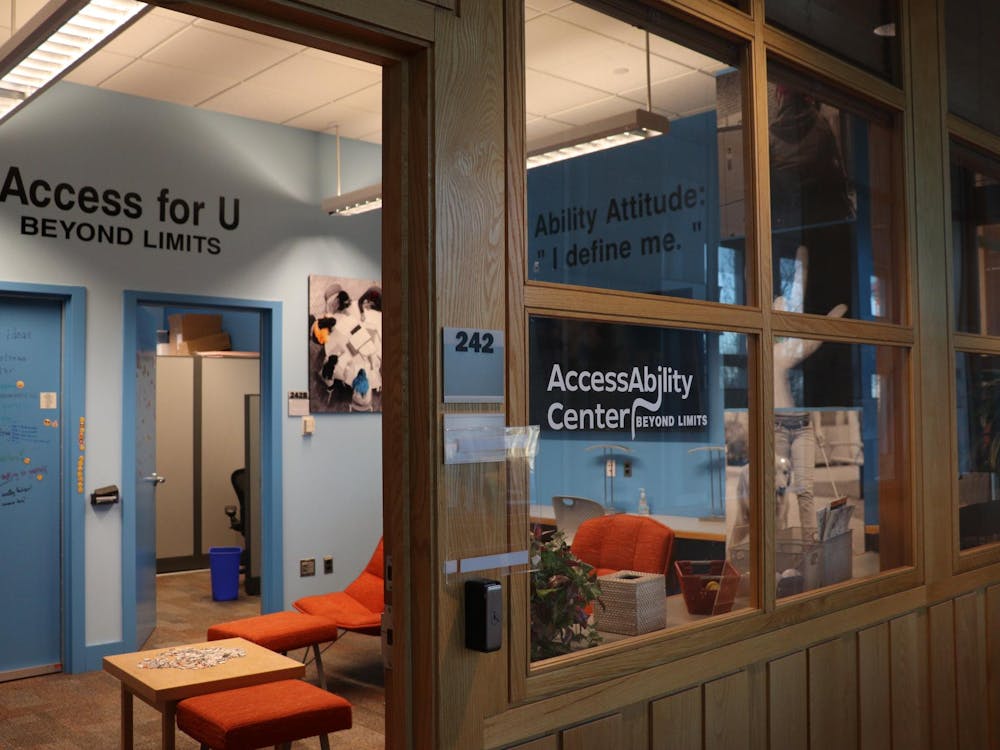The University, joined by over 80 other colleges and universities including all members of the Ivy League, is part of the Coalition for Access, Affordability and Success, which aims to create a new college application and portfolio platform for high school students.
The new system involves the creation of a platform for high school students to create an online portfolio, allowing them to think more about the college application process at an early age and have more access to counseling from college admissions officers, University Dean of Admission Janet Rapelye said.
Rapelye added that the participating institutions will be issuing a new application, and that the application is in the preliminary stages.
The coalition is open to public institutions with affordable tuition and need-based financial aid for in-state residents and private colleges who provide sufficient financial aid for all domestic students they admit. Participating public institutions also need to have a six-year federal graduation rate of over 70 percent, director of admission at Pomona College Adam Sapp said.
“The Coalition believes that more than one platform will serve all students and colleges more effectively because competition is a positive force for change,” Audrey Smith, a board member of the Coalition and the vice president for enrollment at Smith College, said.
Sapp said that conversations for a new system began a few years ago, as many deans believed that there should be more than one way to apply to highly selective colleges.
Rapelye explained that though the idea for the new system originated after multiple colleges observed limitations to the electronic Common App, the renovations also reflect an effort to increase outreach and recruitment of low-income students.
“We are all looking for ways to help low-income students to put together their application[s] and reach out to them,” Rapelye said. “The research was that there is a whole group of students whose background makes going to a place like Princeton [out of consideration]. Many students are under-matching in terms of their abilities, they can shoot for higher but they are not. We are hoping that we will make the application available to more schools going forward.”
She further explained that due to funding shortage in certain school districts, particularly those in rural areas, many potential applicants do not have equal access to guidance and counseling. The details of providing counseling through the University’s end are still in discussion, she said.
Rapelye also noted that the University will keep the Common Application and the Universal College Application after the new system is implemented.
“We know that high schools across this country are not equal. We felt that we need to, as an institution, make a statement about college access and equity,” Sapp said.
Though the application is still in its preliminary stages, many colleges, including Smith College, are considering finalizing and launching it the summer of 2016 or 2017, Smith said. Rapelye noted that the University has not yet made the decision when to release the new application.

According to Smith, the redesigned application itself represents a diversion from the trajectory of post-secondary institutions toward using a universal system.
“The new application will allow for greater personalization by colleges of their application[s], which should support each institution’s singular values in selecting candidates for admission,” said Smith.“For example, what is right for Princeton may not be right for Smith, or Emory or the University of Maryland, or any other Coalition member.”
Furthermore, according to Sapp, the students’ locker is an additional, free-of-charge feature of the new system that allows potential applicants to document exemplary academic work as early as ninth grade. Colleges will not be able to view the locker until the applicant grants them permission. This feature provides tools for better organization, Sapp said.
The locker function will be available in April of 2016, Sapp said.
Rapelye noted that despite major reforms, the new system is unlikely to ease the competitive edge or greatly alleviate the mental tolls of applying to college.
“Applying to college is serious and difficult,” Rapelye said.“It will always be serious and challenging for students as they apply. If this helps students organize themselves a little more and if this allows us to reach out to low-income students more, then that’s a good service. I don’t think [this] will take the stress out of the process.”
Nonetheless, Stephen Farmer, vice provost for enrollment and undergraduate admissions at University of North Carolina at Chapel Hill, stated that the platform may change communities where a college-going culture is absent.
“Some students aren’t stressed enough about their college choices, or they feel like they shouldn’t be stressed because college is out of reach for them,” Farmer said. “The coalition helps people at a younger age that enrollment at [one of our] schools is possible.”
According to Rapelye, members of the coalition are still working to solicit feedback from high school counselors.








